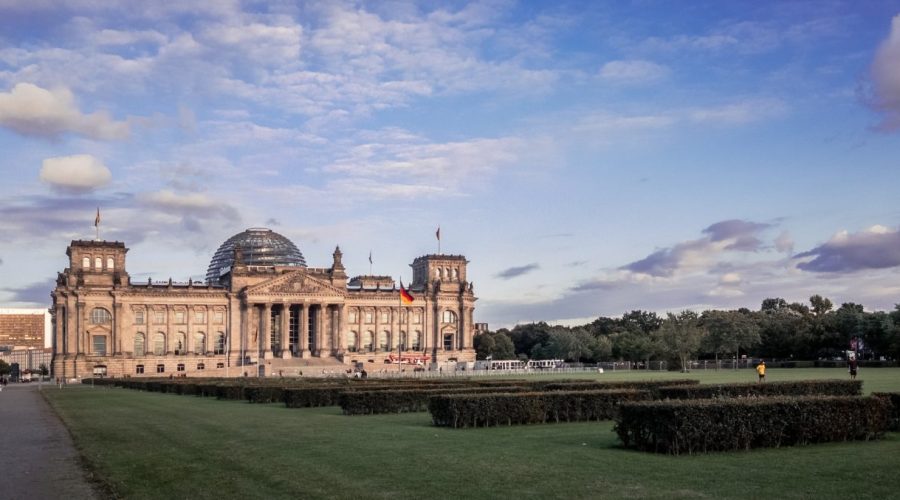Discover Berlin’s Film Industry: Where Cinema Meets Culture!
Berlin serves as the capital of Germany and contains an extensive past in filmmaking. The film sector in Berlin produced influential movies and shaped how people see movies throughout the world today. Our tour will take you down the road of Berlin’s significant film industry through the city’s best titles and creators.
1. Berlin’s Film History
First we will examine Berlin’s film history setting before discussing important films and talents. During the first part of the 1900s Berlin ranked among Europe’s chief filmmaking towns. Film production in Berlin reached avant-garde and expressionist excellence and helped reshape how people understood cinema in its artistic form.
1.1 The Golden Age of German Cinema
During the Weimar Republic era from 1919-1933 Berlin saw its strongest output of films become recognized globally as the Golden Age of German Cinema. The Weimar Republic period at Germany allowed Murnau, Lang, and Lubitsch to reach film greatness as directors.
During that period Berlin became the host for production of important movies such as “Nosferatu” (1922), “Metropolis” (1927), and “The Cabinet of Dr. Caligari” (1920). These pictures amazed spectators while they explored both expressionism and social criticism through stories that delved into human psychology.
2. Exploring Berlin’s Film Locations
We now know Berlin’s movie background and can look at its famous screen setting destinations in the city.
- The significant Tempelhof Airport serves as a film backdrop for “The Hunger Games: Mockingjay Part 2” and “Bridge of Spies” in their 2015 releases.
- Babelsberg Studio runs as Europe’s biggest film production facility and remains a filmmaking center since its early 20th century establishment. The studio offers professional tours that let you explore its production spaces.
- Museum Island earned World Heritage recognition from UNESCO and became visible in motion pictures like Inglourious Basterds (2009) and The Bourne Supremacy (2004). It provides superb architectural scenes for movie producers to use.
- Audiences have consistently seen the Brandenburg Gate in Berlin films starting from “Good Bye Lenin!” in 2003 to “The Edukators” in 2004.
3. Celebrating Berlin’s Filmmakers
Berlin stands out as home to several famous filmmakers whose names we are about to explore.
3.1 Leni Riefenstahl
Leni Riefenstahl stands as a famous and talked-about film director in German cinema. She recognized worldwide fame from her documentary work especially her 1935 release “Triumph of the Will” that promoted Nazi standards. Many viewers condemn Riefenstahl for her Nazi propaganda but her filmmaking achievements remain unchallenged.
3.2 Wim Wenders
As a leading German filmmaker Wim Wenders creates high-quality films with his own special visual approach. His successful film Wings of Desire (1987) highlights important pieces of Berlin’s history and culture.
3.3 Tom Tykwer
The world recognized Tom Tykwer after his film Run Lola Run became successful in 1998. As a filmmaker, Tom Tykwer keeps expanding the artistic possibilities of German movies through his creative narrative approaches.
4. Berlin’s Film Festivals
Every Berlin film discussion needs to include its top film festivals.
- Each year the Berlin International Film Festival shows international films for both film industry workers and fans across the world.
- Transmediale creates digital art understanding through multimedia events like film shows art exhibitions and show performances.
Conclusion
Berlin attracts film fans through its unique blend of past achievements and present film devs. You can understand Berlin’s film stories by learning about the past movies in town and enjoying sets where they were filmed while honoring notable directors. Seeing Berlin through its films and film artists will open your mind to remarkable new experiences.
Table of Contents



